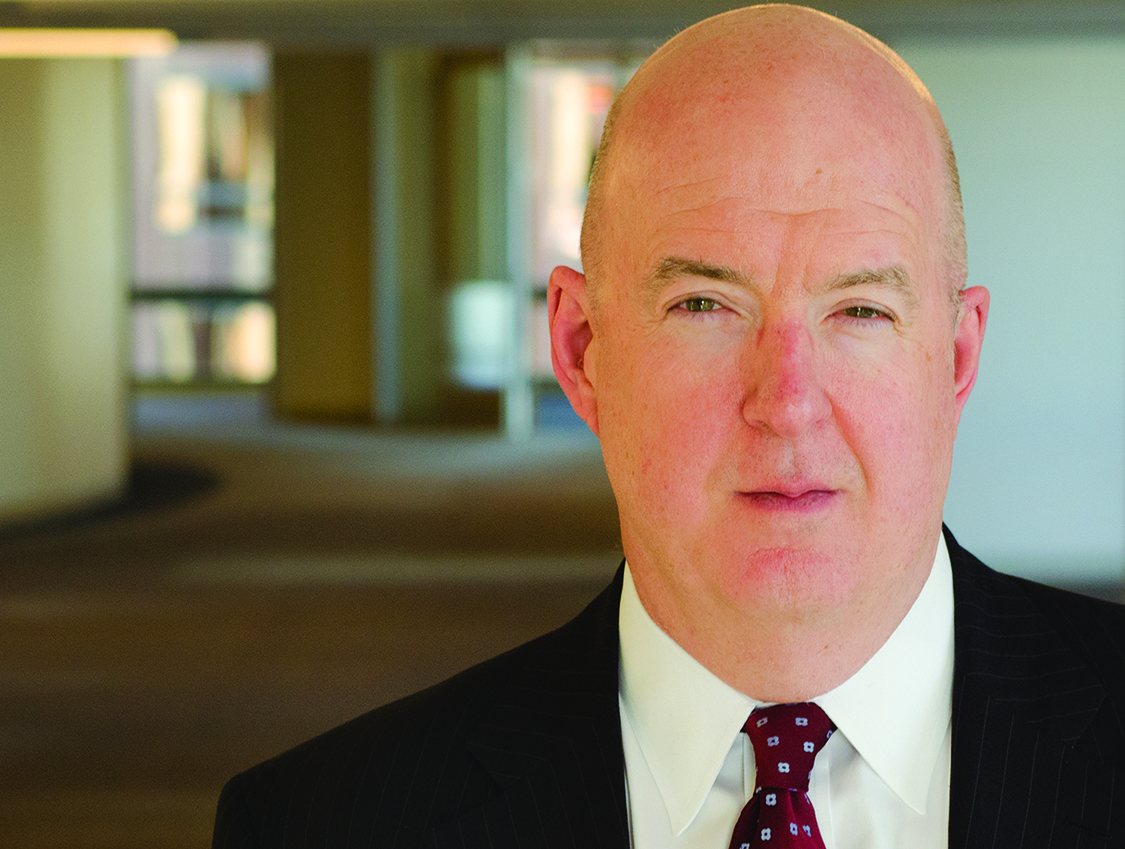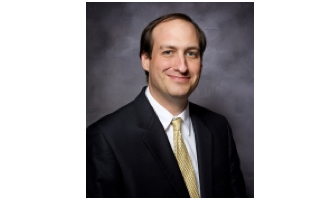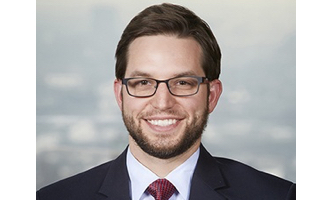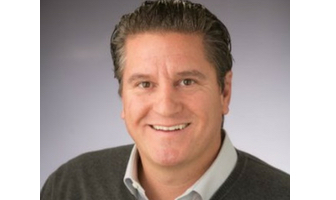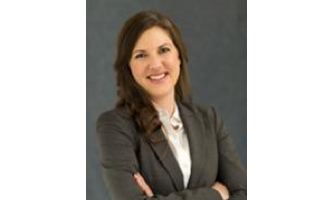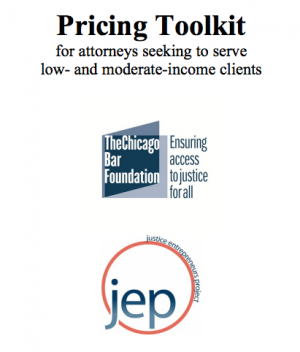Statements of Decision: The Ideal and the Reality
by T. Peter Pierce, Esq., of Richards, Watson & Gershon
In 2018, we held our annual 3rd Advanced Appellate Conference program. One of our speakers, T. Peter Pierce, spoke about Statements of Decision: The Ideal and the Reality at that program, along with the Hon. Kathleen Banke, Associate Justice, CA Court of Appeal, 1st Appellate District, Division One. Peter has spoken at all of our appellate programs, including our 1st and 2nd Annual Advanced Appellate Conferences. And Peter came back for our 4th Annual Advanced Appellate Conference as well. Justice Banke spoke at our 3rd Annual and 4th Annual program in San Francisco and this year’s 5th Annual Appellate Seminar.
Limited time offer for our blog readers: Take 50% off any of the above conference recordings (with code SOD50) or 20% off of our Statements of Decision audio package (20SOD). Bundles excluded.
Both Peter and Justice Banke are fantastic speakers, as our attendees note every time they see Peter and Justice Banke speak.
We wanted to share with you some of their discussion, rules and cases they mentioned that you need to know about, and tips regarding Statements of Decision. And be sure to read all the way to the bottom to get to their list of strategies to employ.
A. Applicable Circumstances for a Statement of Decision
– Trial court MUST issue a tentative decision on “the trial of a question of fact by the court.” (Cal. Rule Court (CRC) 3.1590.)
– Trial court MAY issue Statement of Decision on “the trial of a question of fact by the court.” (CCP section 632.) Must issue under certain circumstances (see below).
– Scope of “trial of a question of fact by the court.” Does it apply to law and motion or other matters?
B. Timing and Procedure Intertwined
1. If trial is concluded within one calendar day or less than eight hours spread over more than one day, a party must request a Statement of Decision before the case is submitted for decision. Failure to do so means the loss of any right to a Statement of Decision, although a court may still issue one at its discretion. (CCP 632.)
2. Regardless of length of trial, the trial court is required to issue a tentative decision.
a. If the trial court opts to announce a tentative decision orally, it must announce it in open court in the presence of all parties appearing at trial (CRC 3.1590(a)). If the trial is concluded within one calendar day, or lasted less than eight hours, a party is not entitled to a written Statement of Decision. Under CCP section 632, the trial court may issue an oral Statement of Decision.
b. If the trial court does not announce its tentative decision in open court with all parties present, it must serve all parties with a minute order or written tentative decision.
3. Four specified options for a tentative decision are:
Option 1- Court states that tentative decision is its proposed Statement of Decision (CRC 3.1590(c)(1)).
Issue: Does a party have 10 days after announcement or service of tentative decision to request that the Statement of Decision be modified to include certain issues (CRC 3.1590(d)), or does a party have 15 days under CRC 3.1590(g) to serve and file objections? Probably the latter because CRC 3.1590(c)(1) expressly refers to subdivision (g).
Option 2- Court states it will prepare a Statement of Decision (CRC 3.1590(c)(2)). A party may request within 10 days of announcement or service of the tentative decision that the Statement of Decision include certain issues. (CRC 3.1590(d)). The request should specify the controverted issues which the Statement of Decision should address. (CCP section 632.) Court must then prepare and serve a proposed Statement of Decision within 30 days of the announcement or service of its tentative decision.
Option 3- Court orders a party to prepare a Statement of Decision (CRC 3.1590(c)(3)). A party not ordered to prepare a Statement of Decision may request within 10 days of announcement or service of the tentative decision that the Statement of Decision include certain issues. (CRC 3.1590(d).) The request should specify the controverted issues which the Statement of Decision should address. (CCP section 632.)
Option 4- Court directs that the tentative decision will become the Statement of Decision unless within 10 days a party (1) specifies the issues it requests be included in the Statement of Decision, or (2) “makes proposals” not included in the tentative decision (CRC 3.1590(c)(4)). If a party does so, the court must then prepare and serve a proposed Statement of Decision within 30 days of the announcement or service of its tentative decision.
4. The four options in the rule are not exclusive; the rule is phrased in the permissive “may.” The court could do something else, like send out a written tentative decision without any further direction to the parties.
Permissive language is consistent with the rule that a Statement of Decision is not required unless the parties request it. If a Statement of Decision is timely requested and not waived, the trial court must render a Statement of Decision (Karlsen v. Superior Court(2006) 139 Cal.App.4th 1526, 1530-1531). CCP section 632 requires the trial court to issue a Statement of Decision upon the request of any party if made within 10 days after the court announces a tentative decision (with exception of shorter trial where request must be made before submission of case).
Where the court did not designate either party to prepare a Statement of Decision, by default, and by analogy to California Rules of Court, rule 232(c) [predecessor to Rule 3.1590(c)], the court is required to prepare it. (In re Marriage of Sellers(2003) 110 Cal.App.4th 1007, 1010–1011.)
5. Failure to issue a Statement of Decision in response to a timely request is not per se reversible error. Instead, the failure is subject to harmless error review. (F.P. v. Monier (November 27, 2017).)
C. Elements of Statement of Decision
“A statement of decision explains the factual and legal bases for the trial court’s decision in a nonjury trial.” (Uzyel v. Kadisha(2010) 188 Cal.App.4th 866, 896.)
To comply with a request for a Statement of Decision, a court need only fairly disclose its determinations as to the ultimate facts and material issues in the case. (Central Valley General Hospital v. Smith (2008) 162 Cal.App.4th 501, 513.) When this rule is applied, the term ‘ultimate fact’ generally refers to a core fact, such as an essential element of a claim. Ultimate facts are distinguished from evidentiary factsand from legal conclusions. (Metis Development LLC v. Bohacek(2011) 199 Cal.App.4th 748, 758.)
The trial court is not required to respond point by point to the issues posed in a request for Statement of Decision. The court’s Statement of Decisionis sufficient if it fairly discloses the court’s determination as to the ultimate facts and material issues in the case. (Ermoian v. Desert Hospital(2007) 152 Cal.App.4th 475, 494-495, 497-500; Golden Eagle Ins. Co. v. Foremost Ins. Co.(1993) 20 Cal.App.4th 1372, 1379–1380.)
A Statement of Decisionneed not address all the legal and factual issues raised by the parties. Instead, it need do no more than state the grounds upon which the judgment rests, without necessarily specifying the particular evidence considered by the trial court in reaching its decision. (Muzquiz v. City of Emeryville(2000) 79 Cal.App.4th 1106, 1124.)
D. Omissions or Ambiguities in the Proposed Statement of Decision
If a party fails to bring omissions or ambiguities in the proposed Statement of Decision’sfactual findings to the trial court’s attention, that party waives the right to assert on appeal that the Statement of Decision is deficient. (Fladeboe v. American Isuzu Motors Inc. (2007) 150 Cal.App.4th 42, 59.) The doctrine of implied findings would then apply if the statement truly contained ambiguities or omissions.
Ordinarily, when the court’s Statement of Decision is ambiguous or omits material factual findings, a reviewing court is required to infer any factual findings necessary to support the judgment. (Ermoian v. Desert Hospital(2007) 152 Cal. App. 4th 475, 494-495.)
If the Statement of Decision fails to decide a controverted issue or is ambiguous, any party may bring the omission or ambiguity to the trial court’s attention either before the entry of judgmentor in conjunction with a new trial motion or a motion to vacate the judgment under Code of Civil Procedure section 663. (CCP § 634.) If an omission or ambiguity is brought to the trial court’s attention, the reviewing court will not infer findings or resolve an ambiguity in favor of the prevailing party on that issue. (CCP § 634.)
If an omission is not brought to the trial court’s attention as provided under the statute, however, the reviewing court will resolve the omission by inferring findings in favor of the prevailing party on that issue.If an ambiguity is not brought to the trial court’s attention as provided under the statute, the reviewing court will resolve the ambiguity by inferring that the trial court decided in favor of the prevailing party on that issue. (Code Civ. Proc., § 634.) To bring an omission or ambiguity to the trial court’s attention for purposes of Code of Civil Procedure section 634, a party must identify the defect with sufficient particularity to allow the court to correct the defect. (Uzyel v. Kadisha(2010) 188 Cal. App. 4th 866, 896-897; Bay World Trading, Ltd. v. Nebraska Beef, Inc.(2002) 101 Cal.App.4th 135,139 [objections must be filed 15 days after proposed decision].)
In rendering a Statement of Decision under Code of Civil Procedure section 632, a trial court is required only to state ultimate rather than evidentiary facts. The trial court need not discuss each issue listed in a party’s request for a Statement of Decision; all that is required is an explanation of the factual and legal basis for the court’s decision regarding the principal controverted issues at trial. (In re Marriage of Balcof (2006) 141 Cal.App.4th 1509, 1530; Hellman v. La Cumbre Golf & Country Club(1992) 6 Cal.App.4th 1224, 1230; Wallis v. PHL Associates, Inc. (2013) 220 Cal.App.4th 814, 824–827.) Only when the trial court fails to make findings on a material issue which would fairly disclose the trial court’s determination would reversible error result. If the judgment is otherwise supported, the omission of findings is harmless error unless the evidence is sufficient to sustain a finding in the losing party’s favor which finding would completely undermine findings supporting the judgment. A failure to make findings on an immaterial issue is not reversible error.
E. Objections to a Proposed Statement of Decision
Any defects in the trial court’s Statement of Decisionmust be brought to the court’s attention through specific objectionsto the statement itself – not through a proposed alternative Statement of Decision. By filing specific objections to the court’s Statement of Decisiona party pinpoints alleged deficiencies in the statement and allows the court to focus on the facts or issues the party contends were not resolved or whose resolution is ambiguous. A proposed alternative Statement of Decisiondoes not serve these functions and does not satisfy the requirements of Code of Civil Procedure section 634 and Rule 3.1590. (Golden Eagle Ins. Co. v. Foremost Ins. Co.(1993) 20 Cal.App.4th 1372, 1380; Bay World Trading, Ltd. v. Nebraska Beef, Inc. (2002) 101 Cal.App.4th 135,139–140; Ermoian v. Desert Hospital(2007) 152 Cal.App.4th 475, 497-500;Fladeboe v. American Isuzu Motors Inc. (2007) 150 Cal.App.4th 42, 59-61.)
F. Interplay Between Statement of Decision and Judgment
A court may amend its Statement of Decisionafter it receives objections from affected parties. If judgment has not yet been entered, the trial court has inherent power to amend its Statement of Decision to award prejudgment interest. Even after a court has issued a written decision, the court retains authority to change its findings of fact or conclusions of law until judgment is entered. Until a judgment is entered, a Statement of Decision is not effectual for any purpose (Code Civ. Proc., § 664). A court sitting as a trier of fact may at any time before entry of judgment amend or change its findings of fact. (Bay World Trading, Ltd. v. Nebraska Beef, Inc.(2002) 101 Cal.App.4th 135, 141.)
A Statement or Decision or memorandum of decision is not appealable. Courts embody their final rulings not in Statements of Decision but in orders or judgments. Reviewing courts have discretion to treat Statements of Decision as appealable when they must, as when a Statement of Decision is signed and filed and does, in fact, constitute the court’s final decision on the merits. But a Statement of Decision is not treated as appealable when a formal order or judgment follows. (Pangilinan v. Palisoc(2014) 227 Cal.App.4th 765, 769; Alan v. American Honda Motor Co., Inc.(2007) 40 Cal.4th 894, 901.)
G. Strategies Involving Statement of Decision
– If the tentative decision is in your favor, do not request a Statement of Decision.
– If the tentative decision is against you, timely request a Statement of Decision. Possible exception when de novo standard of review.
– If you lose on the tentative, identify alternative theories that the trial court did not decide, and request an express statement that the trial court did not reach the issues encompassed within those theories.
– Be judicious in objecting to Statement of Decision. Focus on broader issues and not on every minor point.
– If you are the prevailing party, and the losing party objects to the Statement of Decision, think carefully about whether the objections will allow the trial court to clear up ambiguities and omissions, thereby bolstering the judgment in your favor.
– If you are required to request a Statement of Decision before the case is submitted, make an educated guess as to whether you will be the prevailing party.

